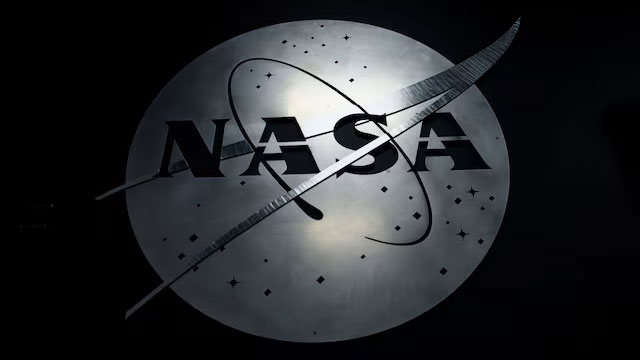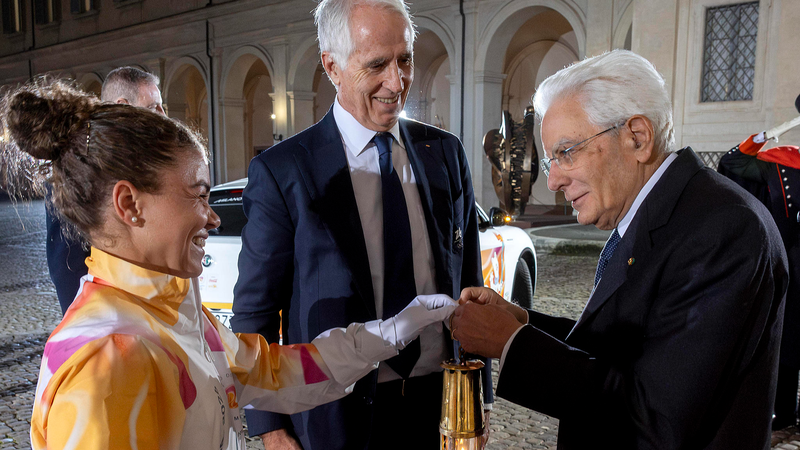The U.S. space agency is gearing up for a major personnel shift. According to Politico, NASA plans to part ways with 2,145 senior-ranking employees – a move aimed at tightening budgets and priorities across its headquarters and centers worldwide.
Most of those set to leave hold GS-13 to GS-15 positions, the government’s senior civil service ranks. NASA has offered early retirement packages, buyout incentives and deferred resignations as part of this voluntary reduction effort.
At a glance:
- 2,145 senior staff set to leave
- Positions: GS-13 to GS-15
- NASA workforce: ~18,000 employees
- Interim admin: Sean Duffy
“NASA remains committed to our mission as we work within a more prioritized budget,” said agency spokesperson Bethany Stevens. The space community – from established contractors to emerging startups – is now eyeing how this workforce shuffle will affect flagship science missions, commercial partnerships and future exploration goals.
Under the current U.S. administration, NASA’s 18,000-strong workforce has faced months of uncertainty. Looming layoffs, proposed budget cuts and program cancellations have left employees and industry observers on edge. Now, the departure of thousands of senior staff could reshape NASA’s leadership pipeline and project timelines.
In parallel, President Trump tapped Transportation Secretary Sean Duffy as interim administrator of NASA. The position had remained vacant since the White House withdrew its initial nominee. Duffy will step in as NASA navigates its next chapter – including managing tensions between political directives and scientific priorities.
With a streamlined leadership team and a tighter budget, NASA finds itself at a crossroads. Will this leaner workforce accelerate innovation or slow down the next wave of space exploration? The answer could have ripple effects across the global space sector, from satellite startups to international research collaborations.
What remains clear is the drive to align human, financial and political resources with NASA’s core mission: pushing the boundaries of discovery. For global citizens invested in the future of space, the coming months will be a critical watchpoint.
Reference(s):
Over 2,000 senior NASA employees expected to leave posts: Politico
cgtn.com




